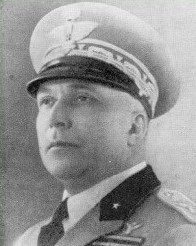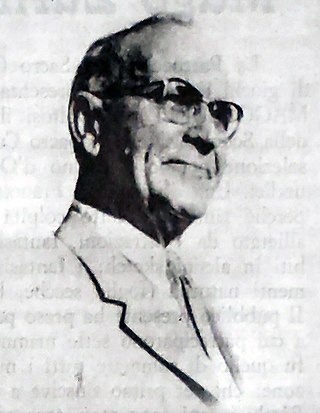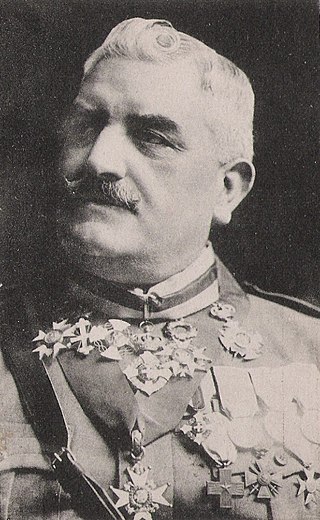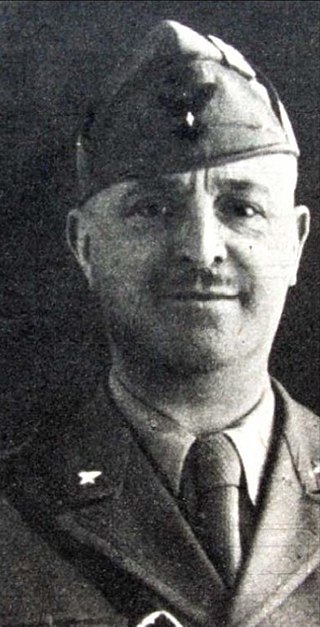Enrico di Giuseppe Garbuglia was one of the last five remaining known Italian veterans of the First World War living in Italy. Called up to serve in June 1918 near the end of the war, his service was less than six months, and so he was not on the official list of Cavalieri di Vittorio Veneto. It far exceeds, however, the short service times of several American World War I veterans, such as Harold Gardner for example.

Luis Ricardo Falero was a Spanish painter. He specialized in female nudes and mythological, orientalist and fantasy settings. His most common medium was oil on canvas. Falero’s paintings are held mostly within private collections in Europe and the United States, although a watercolour of the ‘Twin Stars’ is in the collection of the Metropolitan Museum of Art, New York.
Marcantonio De Beaumont-Bonelli was an Italian sailor from Naples, who represented his country at the 1928 Summer Olympics in Amsterdam, Netherlands.

Guido Keller was an Italian aviator and political activist who was closely associated with Gabriele D’Annunzio and played an important role in the seizure of Fiume in 1919.

Umberto di Giorgio was an Italian general during World War II, in charge of the territorial defense of Rome from 1939 till September 1943.

Francesco Antonio Arena was an Italian general during World War II, most notable for having commanded the 132nd Armoured Division Ariete during the second battle of El Alamein.

Nazzareno Scattaglia was an Italian general during World War II.

Alberto Carlo Gilberto de la Forest de Divonne (1818-1893) was an Italian general who served in the Italian Wars of Independence against the Austrian Empire.

Giuseppe Pennella (1864-1925) was an Italian Lieutenant General who was a highly decorated officer of the Royal Italian Army. During the First World War he held very high positions, commanding in succession: the "Grenadiers of Sardinia" Brigade, 35th Division, XI Army Corps, 2nd Army, 8th Army and the XII Army Corps. At the head of the 35th Division he operated in the Macedonian front, but was exonerated from command at the request of the French general Sarrail who was commander of the Armée d'Orient, as both had a strong disagreement over command.

Lorenzo Vivalda was an Italian general during World War II, mostly known for his role in Montenegro in command of the 1st Alpine Division Taurinense and later of the Italian Partisan Division "Garibaldi" after the Armistice of Cassibile.

Giuseppe Andreoli was an Italian general during World War II.

Alessandro Vaccaneo was an Italian general during World War II.
Carlo Melotti was an Italian general during World War II.
Felice Caperdoni was an Italian general during World War II.

Alberto Murer was an Italian general during World War II.

Domenico Grandi was an Italian general and politician. He was Minister of War of the Kingdom of Italy.

Coriolano Ponza di San Martino was an Italian general and politician. He was a senator of the Kingdom and served as Minister of War in the Pelloux II, Saracco and Zanardelli governments.

Leone Viale was an Italian admiral and politician. He was Minister of the Navy of the Kingdom of Italy in the first and second Salandra governments at the time when Italy entered the First World War.

Carlo Mirabello was an Italian admiral and politician. He served as Minister of the Navy in five successive governments of the Kingdom of Italy.

Capo Xirsi Guray (1870–1957) better known as Xirsi Gurey was an elder and leader of the Sacad Habar Gidir clan, subclan Reer Hilowle.

















